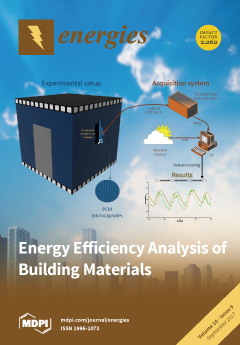1
INESC Technology and Science (INESC TEC), 4200-465 Porto, Portugal
2
WEPROG, 5610 Assens, Denmark
3
Deutscher Wetterdienst, 63067 Offenbach, Germany
4
Fraunhofer Institute for Wind Energy and Energy System Technology (IWES), 34119 Kassel, Germany
5
University of Strathclyde, Department of Electronic and Electrical Engineering, Glasgow G1 1XQ, UK
6
Royal Institute of Technology, Department of Mechanics, SE-100 44 Stockholm, Sweden
7
National Renewable Energy Laboratory, Golden, CO 80401, USA
8
University of North Carolina Charlotte, Dept. of Engineering Technology and Construction Management, Charlotte, NC 28223, USA
9
MINES ParisTech, PSL Research University, Centre for Processes, Renewable Energies and Energy Systems (PERSEE), 06904 Sophia Antipolis Cedex, France
Abstract
Around the world wind energy is starting to become a major energy provider in electricity markets, as well as participating in ancillary services markets to help maintain grid stability. The reliability of system operations and smooth integration of wind energy into electricity markets
[...] Read more.
Around the world wind energy is starting to become a major energy provider in electricity markets, as well as participating in ancillary services markets to help maintain grid stability. The reliability of system operations and smooth integration of wind energy into electricity markets has been strongly supported by years of improvement in weather and wind power forecasting systems. Deterministic forecasts are still predominant in utility practice although truly optimal decisions and risk hedging are only possible with the adoption of uncertainty forecasts. One of the main barriers for the industrial adoption of uncertainty forecasts is the lack of understanding of its information content (e.g., its physical and statistical modeling) and standardization of uncertainty forecast products, which frequently leads to mistrust towards uncertainty forecasts and their applicability in practice. This paper aims at improving this understanding by establishing a common terminology and reviewing the methods to determine, estimate, and communicate the uncertainty in weather and wind power forecasts. This conceptual analysis of the state of the art highlights that: (i) end-users should start to look at the forecast’s properties in order to map different uncertainty representations to specific wind energy-related user requirements; (ii) a multidisciplinary team is required to foster the integration of stochastic methods in the industry sector. A set of recommendations for standardization and improved training of operators are provided along with examples of best practices.
Full article





